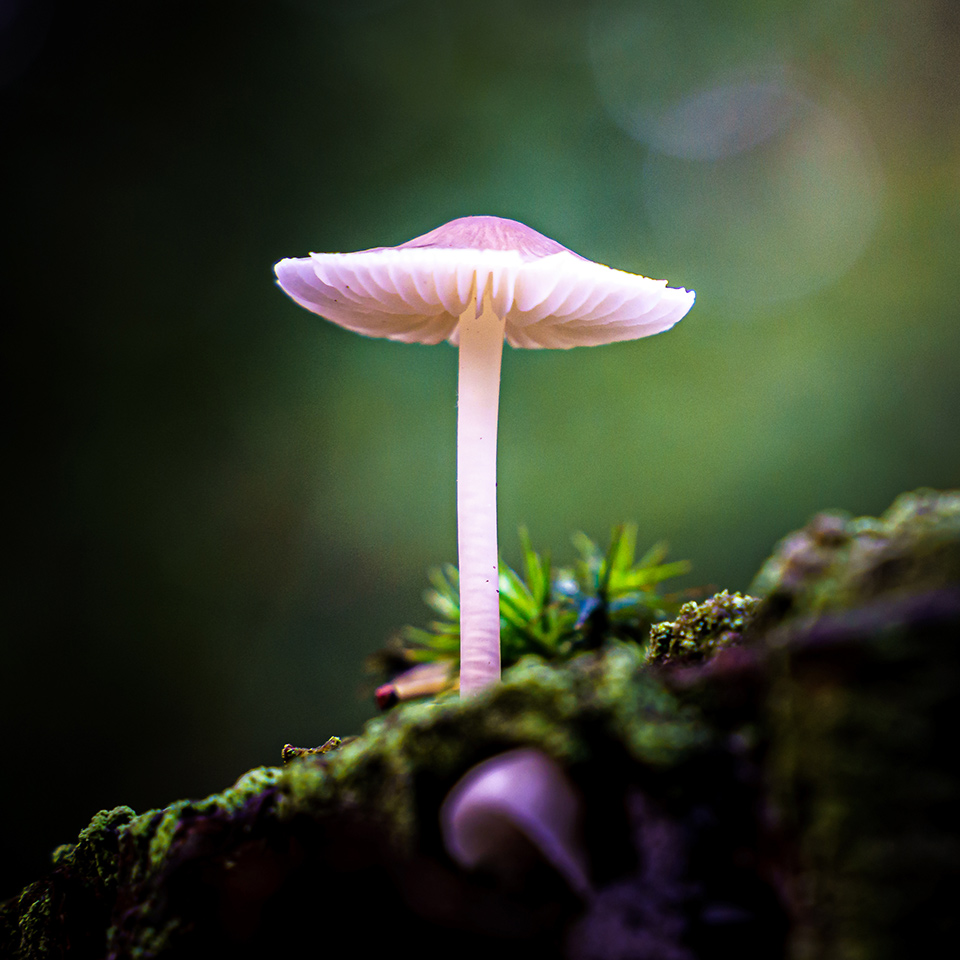Benefits of Fungi for the Environment and Humans
Fungi play crucial roles in both the environment and for humans, offering a multitude of benefits:
1. Decomposition: Fungi are primary decomposers in ecosystems, breaking down organic matter such as dead plants and animals. This process is vital for nutrient cycling, releasing nutrients back into the soil for plant uptake.
2. Soil Health: Fungi form symbiotic relationships with plant roots, known as mycorrhizae. These fungi help plants absorb water and nutrients from the soil, increasing plant health and productivity. They also contribute to soil structure and stability.
3. Medicine: Fungi produce a variety of compounds with medicinal properties. Penicillin, for example, is derived from the Penicillium fungi and is used as an antibiotic to treat bacterial infections. Other fungi produce compounds with anti-inflammatory, anti-cancer, and immunosuppressive properties.
4. Food: Many fungi are edible and nutritious, providing essential nutrients such as protein, vitamins, and minerals. Edible mushrooms like button mushrooms, shiitake, and oyster mushrooms are widely consumed and valued for their taste and nutritional content.
5. Bioremediation: Certain fungi can break down or absorb contaminants in the environment, a process known as bioremediation. They can help clean up oil spills, degrade pesticides, and even neutralize toxins in soil and water.
6. Industrial Applications: Fungi are utilized in various industrial processes. They are used in the production of enzymes for food processing, textile manufacturing, and biofuel production. Fungi can also produce bio-based materials like mycelium-based packaging as a sustainable alternative to plastic.
7. Waste Management: Fungi can be used in composting to break down organic waste, reducing the volume of waste and producing nutrient-rich compost for soil amendment. They are also being explored for their potential in recycling various types of waste, including agricultural residues and even plastic.
8. Research and Education: Fungi serve as valuable models for scientific research, particularly in genetics, ecology, and evolutionary biology. Studying fungi provides insights into fundamental biological processes and contributes to our understanding of ecosystems and biodiversity.
Overall, fungi are integral components of ecosystems, providing essential services and resources that benefit both the environment and human well-being.

Comments
Post a Comment